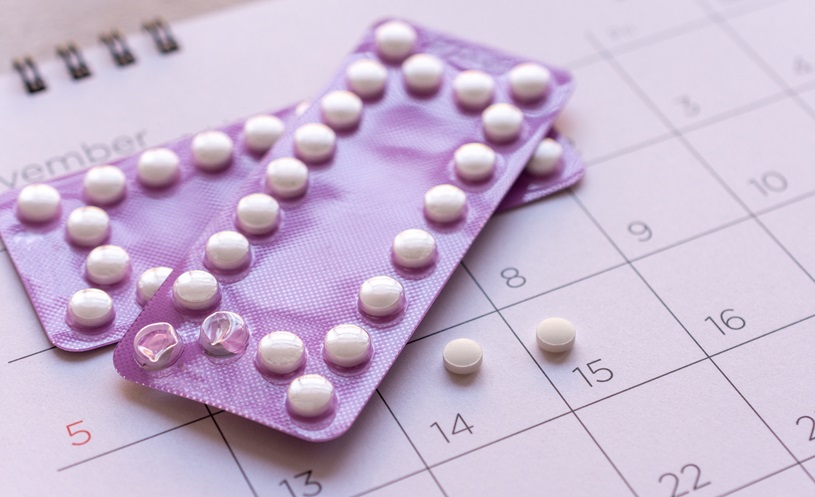DRUG efficacy predictions could become more accurate following the discovery that cellular lipids are more efficient than proteins in trapping most drugs. The findings, from researchers from Uppsala University, Uppsala, Sweden, help explain the variation in drug bioavailability between different cells and tissues in the body.
Drug Binding
By the time drug molecules reach the site of action, only a fraction of the drug is available to interact with its specific target. It is thought that the most significant trap of drugs inside cells is intracellular protein binding.
Cellular Lipid ‘Sink’
For their study, the team used a new small-scale method to measure intracellular drug bioavailability. This involved transforming normal cells into cells with increased lipid content, such as adipocytes, so that a distinction could be made between different types of lipids. A comparison between drug binding in the lipid-enhanced cells with binding of the same drugs in untreated cells revealed that phospholipids are the major binding site of drugs. There was further evidence for the cellular lipid ‘sink’ as a strong correlation was found between drug binding to cell constituents and to purified phospholipids. However, no further increase in cellular drug binding was observed in neutral lipids, the major constituent of the fat droplets in adipocytes.
Ms Andrea Treyer, PhD student, Uppsala University, commented: “Our results show that cellular lipids are more efficient than proteins in trapping most drugs and hence reducing the free intracellular drug concentration. However, drug binding to intracellular proteins remains important e.g. for shuttling drugs between different sites inside the cells.”
Explaining Drug Efficacy
The study shows that the phospholipid content of cells can help explain the variation in intracellular drug bioavailability in different cells and tissues, and also that lipid content is an important factor influencing drug effectiveness in cells, in addition to drug transport and metabolism.
“Our new findings will contribute to enabling better predictions of intracellular drug efficacy in drug discovery and pharmacokinetic modelling,” added Ms Treyer.
James Coker, Reporter
For the source and further information about the study, click here.








